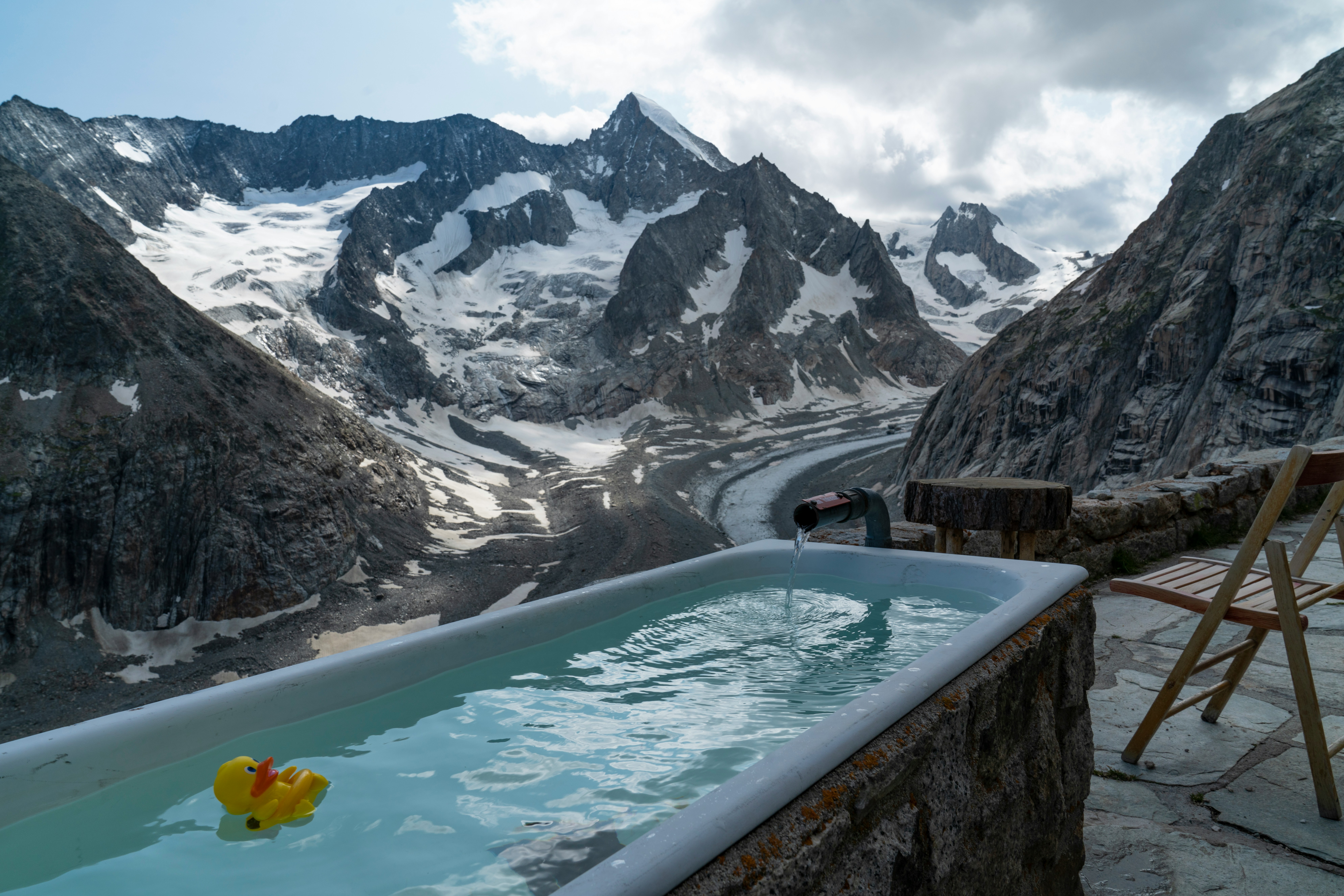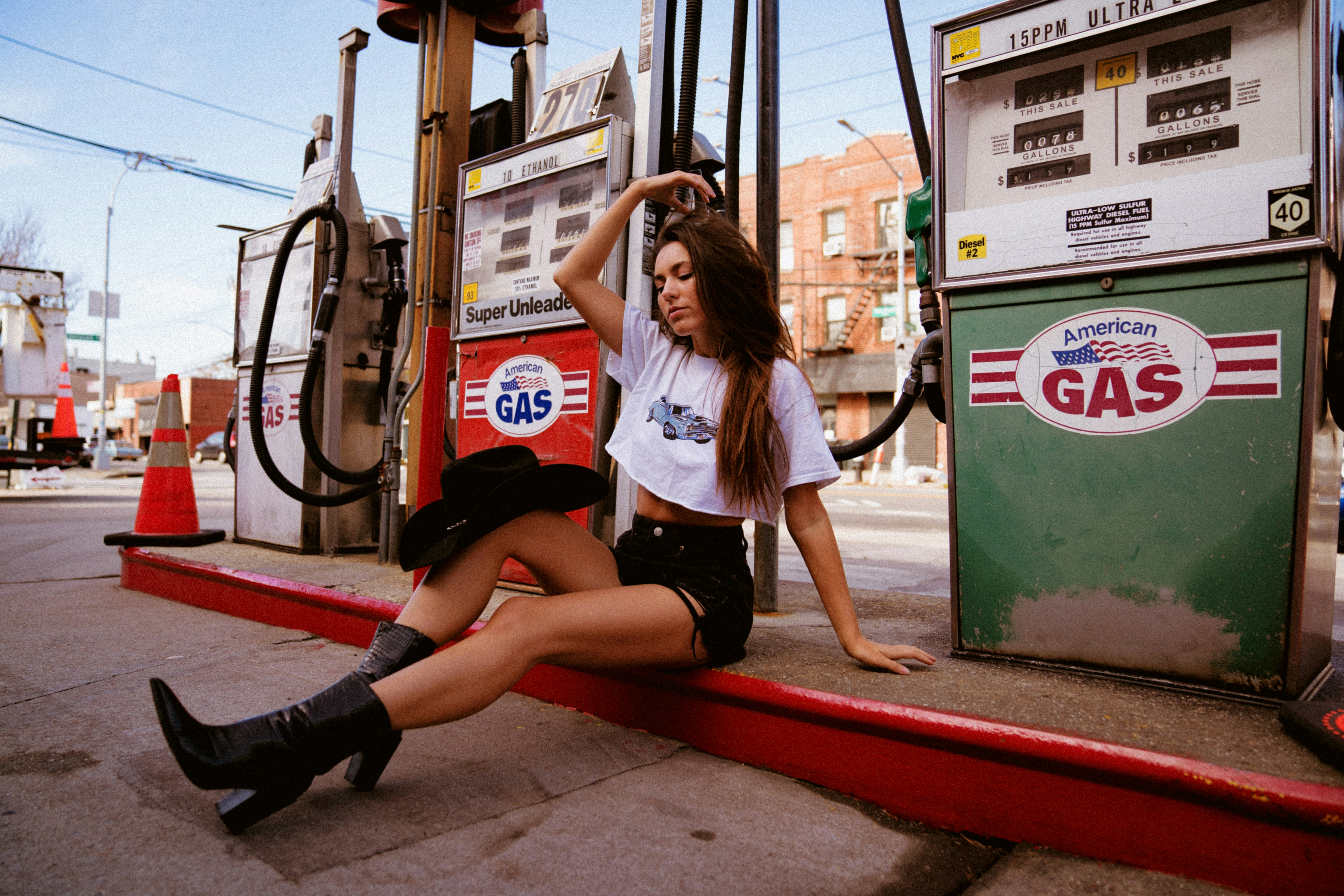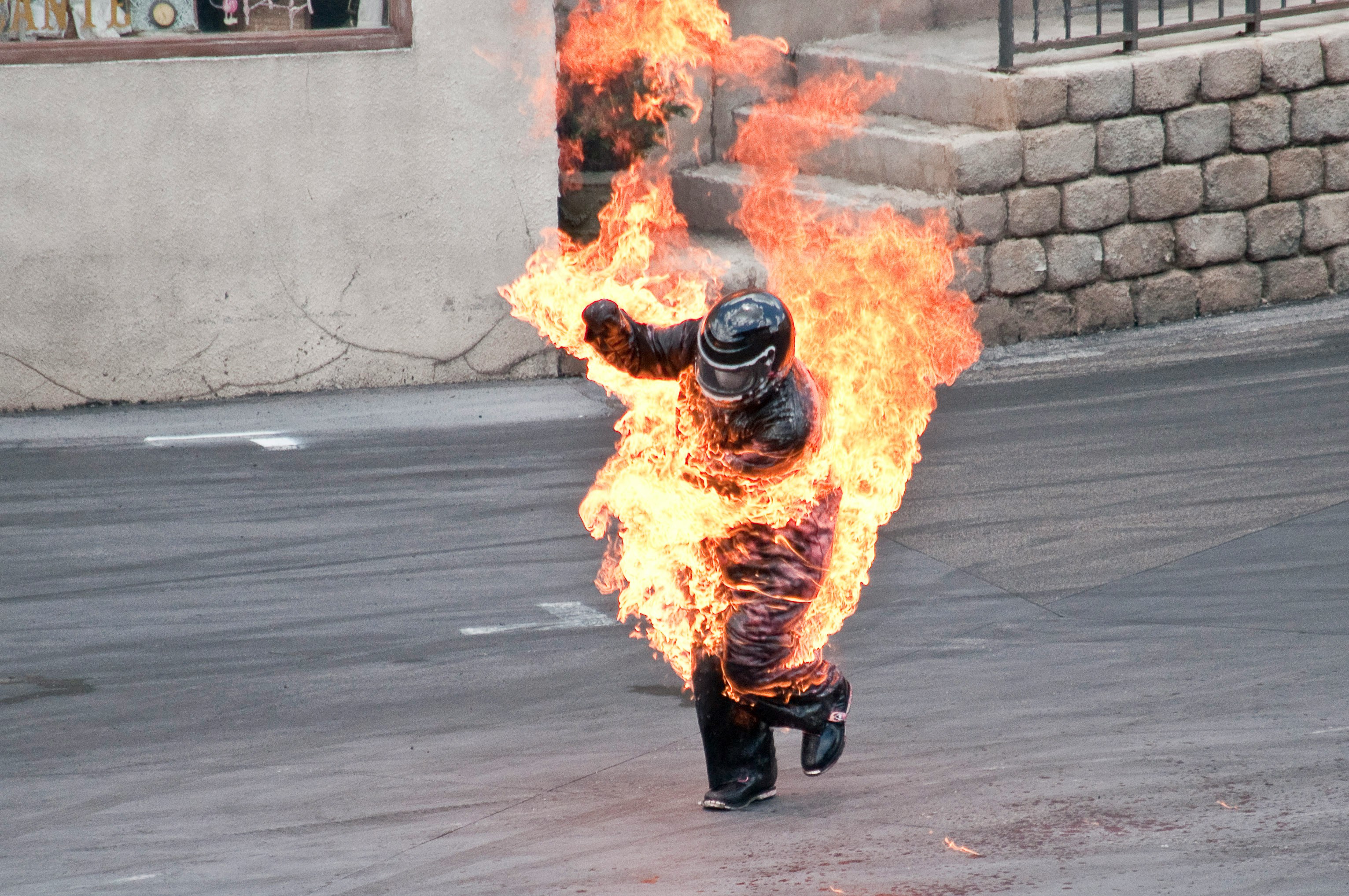Cool Beauty: Why Cryotherapy-Inspired Skincare Is Heating Up
You’ve seen the icy rollers on social media, heard celebrities raving about frosty facials, and maybe even stepped into a cryo chamber yourself. But what’s the science behind the freeze? Cryotherapy-inspired skincare has gone from spa secret to beauty mainstay—and it’s changing how we think about skin health and rejuvenation.

You’ve seen the icy rollers on social media, heard celebrities raving about frosty facials, and maybe even stepped into a cryo chamber yourself. But what’s the science behind the freeze? Cryotherapy-inspired skincare has gone from spa secret to beauty mainstay—and it’s changing how we think about skin health and rejuvenation.
The chilly roots of cold therapy
The use of cold for therapeutic purposes dates back centuries. Ancient Egyptians applied cold compresses to wounds, while Greeks and Romans took icy baths for muscle recovery and invigoration. In the 1970s, Japanese doctor Toshima Yamaguchi modernized the practice with whole-body cryotherapy to treat rheumatoid arthritis.
From there, the wellness world adopted cryotherapy for muscle recovery, inflammation reduction, and even mood enhancement. The crossover into beauty was inevitable. As research mounted on cold’s effects on circulation, puffiness, and skin tone, estheticians began adapting cryo-based methods for facial treatments.
Fast forward to today, and cryo facials, cold rollers, and temperature-controlled serums are populating vanities and med spas alike.
How cold benefits your skin
The science is fascinating: When the skin is exposed to cold, blood vessels constrict (vasoconstriction), temporarily reducing inflammation and puffiness. Once the skin warms up, blood flow returns in a rush (vasodilation), delivering oxygen and nutrients that promote healing and cell turnover.
This process can:
- Minimize the appearance of pores
- Decrease puffiness and under-eye circles
- Tighten and tone skin
- Improve circulation and collagen stimulation
Unlike aggressive treatments, cold-based therapy is gentle and often suitable for sensitive skin. That makes it an appealing alternative to harsh acids or invasive procedures, especially for those looking to reduce inflammation and enhance skin tone with minimal downtime.
The cryo boom in beauty products
Skincare brands have responded to the trend with innovative product lines. From metal-tipped serums that stay cold to skincare fridges for chilling your products at home, temperature is now part of the beauty equation. Cryo tools, like ice globes, facial sculpting sticks, and cryo-massage rollers, are designed to hold cold temperatures longer while being gentle on the skin. Some even use gel or stainless steel cores that deliver a consistent chill throughout a skincare session. There’s also a growing trend of cold-activated creams and masks that mimic the benefits of professional cryotherapy. These products promise similar perks: tightened pores, brighter complexion, and a calming effect on reactive skin. On the professional side, clinics offer cryofacials using controlled streams of liquid nitrogen or compressed cold air. The appeal? A dramatic glow with no needles or peeling.
A beauty ritual that fits modern lifestyles
In a world where overstimulation and inflammation are daily battles, cold skincare offers a refreshing counterbalance. It’s quick, effective, and can be seamlessly integrated into busy routines. A few minutes with a chilled roller in the morning can visibly reduce sleep-induced puffiness. After workouts, a cold compress or cryo mask can soothe redness. During travel, cryo eye sticks provide relief from jet lag and under-eye fatigue. There’s also a wellness aspect to the ritual. The sensation of cold is grounding and invigorating, making the practice of facial icing or cryo massage as mentally energizing as it is physically beneficial. It encourages a pause, a breath—an act of self-care in a fast-paced world.
The future of cold in beauty and fitness
As demand grows, expect to see more crossovers between beauty and fitness in the cryo space. Cryotherapy centers already offer combined services: whole-body cryo followed by facial treatments or localized cooling for joint pain and lymphatic support. Tech innovations are also emerging. Wearable cold therapy patches, smart tools with temperature sensors, and home cryo devices are gaining traction. These gadgets aim to provide spa-level results with the convenience of at-home use. There’s also research being done into how cryo techniques can help with issues like acne, rosacea, and even post-procedure recovery. The cold frontier is still expanding, with new applications continually being explored.
Pro tips for adding cryo to your routine
- Always use a barrier (like a serum or cream) before applying cold tools to prevent skin irritation
- Clean and disinfect cryo tools after each use to avoid contamination
- Start with short sessions (1-3 minutes per area) and increase as your skin adjusts
- Store jade rollers, ice globes, and metal tools in the fridge, not freezer, to avoid damaging skin
- For extra glow, follow up cold treatment with a hydrating mask or serum
Cryotherapy-inspired skincare is more than a trend—it’s a movement rooted in science, ritual, and the pursuit of refreshed, resilient skin. Whether you’re rolling, icing, or booking a full cryo facial, this cool approach is proving to be a hot ticket in the future of beauty.




